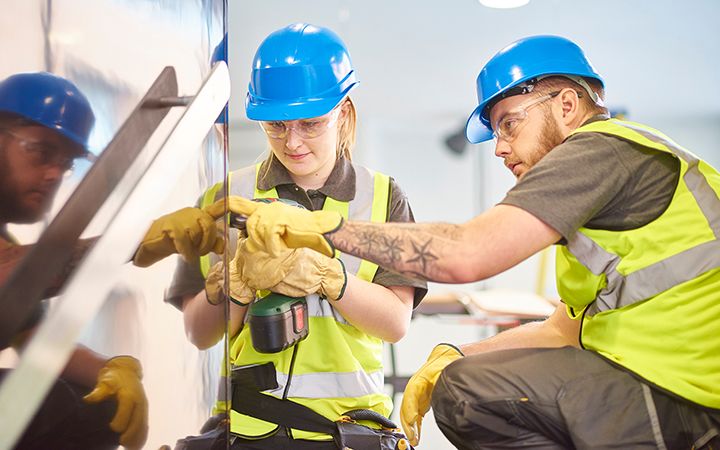Workforce
Develop and implement programs that improve performance and increase capacity.

Leveraging analytics for workforce planning
Optimize your human capital strategies through data-driven insights and predictive modeling. Our advanced analytics services and solutions help you forecast workforce needs, identify skills gaps, and develop targeted recruitment and retention strategies, all resulting in stronger organizational efficiency and effectiveness.

Developing work-based learning and training
We design hands-on learning experiences that equip individuals with the skills and knowledge needed to create sustainable careers. Tailored to meet the specific needs of each community, our programs connect apprentices with industry professionals, offering mentorship and bridging the skills gap.

Aligning with business objectives
We provide strategic guidance and support to ensure workforce initiatives drive sustainable organizational growth. Through talent management, leadership development, and employee engagement strategies, we help you maximize the potential of your workforce.

Managing change effectively
Minimizing disruptions through transformation is critical to workforce productivity. Our approach includes comprehensive change management planning, including stakeholder engagement and internal and external communication strategies, to ensure your organization is well-prepared for change.
Our services
- Workforce intermediary and program management
- Curriculum development
- Work-based learning and apprenticeships management
- On-the-job and customized training
- Labor market information studies
- Capacity building and training
- Organizational development
- Coalition building and network management
- Third-party evaluation
- Job readiness assessment
Building community resilience from natural disasters
Our work